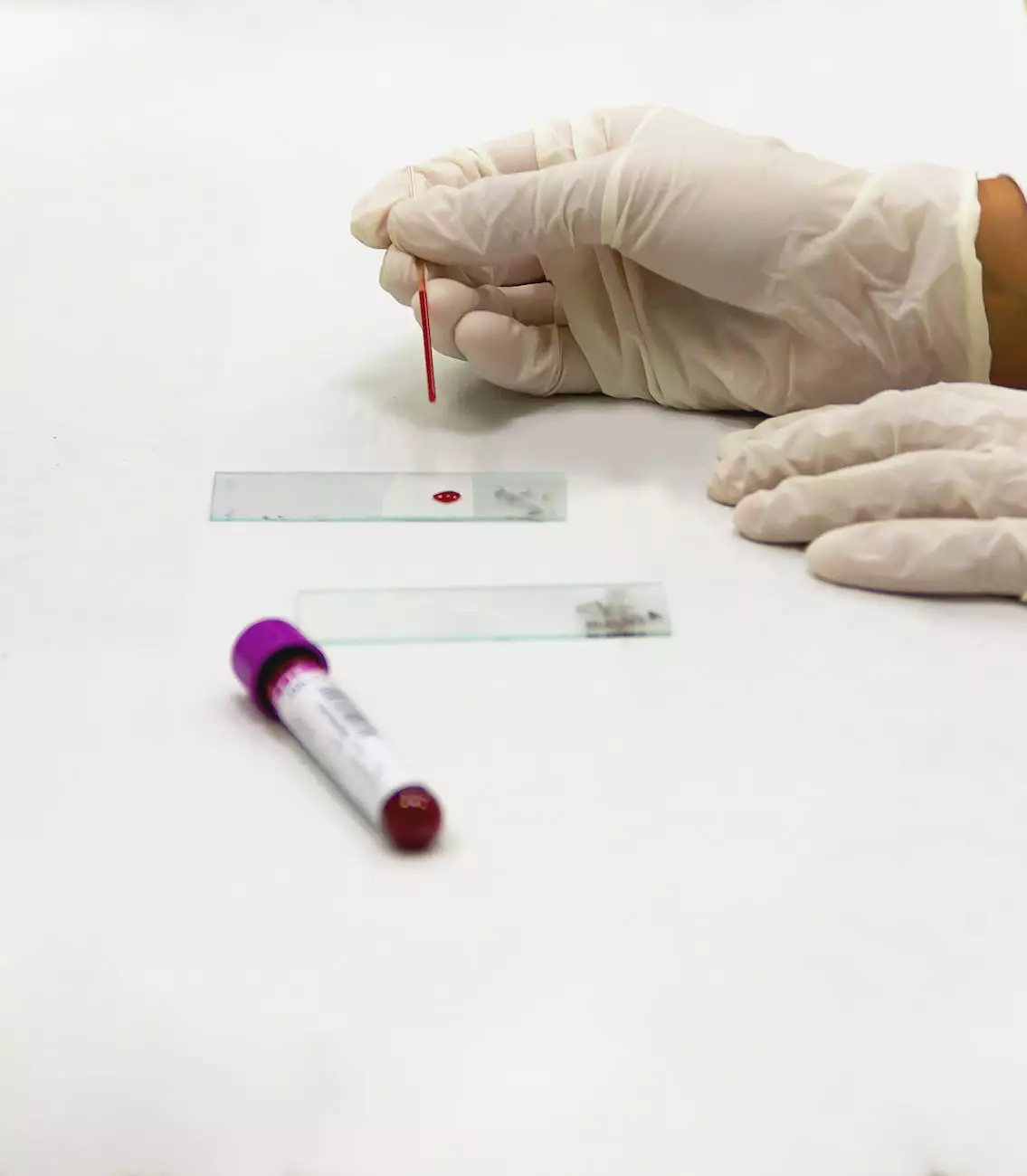8 Risk Factors for Venous Insufficiency

At Bay Regional Medical Center, we understand the importance of providing accurate and comprehensive information to our patients. In this article, we will discuss the 8 common risk factors associated with venous insufficiency. By understanding these risk factors, you can take proactive steps to minimize your chances of developing this condition.
1. Age
Age plays a significant role in the development of venous insufficiency. As we grow older, our veins may experience wear and tear, resulting in weakened valves and reduced blood flow. While age itself cannot be prevented, staying active, maintaining a healthy weight, and wearing compression stockings can help improve blood circulation and minimize the risk of venous insufficiency.
2. Obesity
Obesity is a well-known risk factor for various health conditions, including venous insufficiency. Excess weight puts additional pressure on the veins, leading to weakened valves and impaired blood flow. Incorporating regular exercise, adopting a balanced diet, and managing weight can help prevent or reduce the likelihood of developing venous insufficiency.
3. Family History
Genetics can play a significant role in the development of venous insufficiency. If you have a family history of this condition, your risk may be higher. While you cannot change your genetic makeup, being aware of your family history can help you take necessary precautions and seek early intervention if needed.
4. Pregnancy
Pregnancy is a beautiful and transformative time for many women, but it can also increase the risk of venous insufficiency. The growing uterus exerts pressure on the veins in the pelvis and lower extremities, hindering blood flow. Hormonal changes during pregnancy can also contribute to weakened vein walls. Wearing compression stockings, elevating the legs, and staying physically active under medical guidance can help manage venous insufficiency during pregnancy.
5. Prolonged Sitting or Standing
Individuals who have jobs that require prolonged periods of sitting or standing are at a higher risk of developing venous insufficiency. Inactivity can lead to pooling of blood in the lower extremities, increasing pressure on the veins. Taking regular breaks, stretching, and performing simple leg exercises can promote healthy blood flow and reduce the likelihood of venous insufficiency.
6. Smoking
Smoking is detrimental to overall health and can also contribute to venous insufficiency. The harmful chemicals in tobacco smoke can damage the blood vessels, reducing their elasticity and impairing blood circulation. Quitting smoking is essential not only for preventing venous insufficiency but also for achieving overall well-being.
7. Deep Vein Thrombosis (DVT) History
A history of deep vein thrombosis (DVT) increases the risk of developing venous insufficiency. DVT occurs when a blood clot forms in the deep veins of the legs or pelvis. These blood clots can cause long-term damage to the vein valves, leading to venous insufficiency. If you have a history of DVT, it is crucial to work closely with your healthcare provider to monitor and manage any symptoms or potential complications.
8. Hormonal Therapy
Hormonal therapy, such as hormone replacement therapy (HRT) or oral contraceptives, can increase the risk of venous insufficiency. These treatments can affect blood clotting factors and weaken the vein walls, making them more susceptible to the condition. If you are considering hormonal therapy, it is important to discuss the potential risks and benefits with your healthcare provider.
At Bay Regional Medical Center, we offer comprehensive healthcare solutions for venous insufficiency. Our experienced medical professionals specialize in diagnosing and treating various venous disorders. If you have any concerns related to venous insufficiency or would like to schedule an appointment, please contact us now. Take control of your vascular health today!




